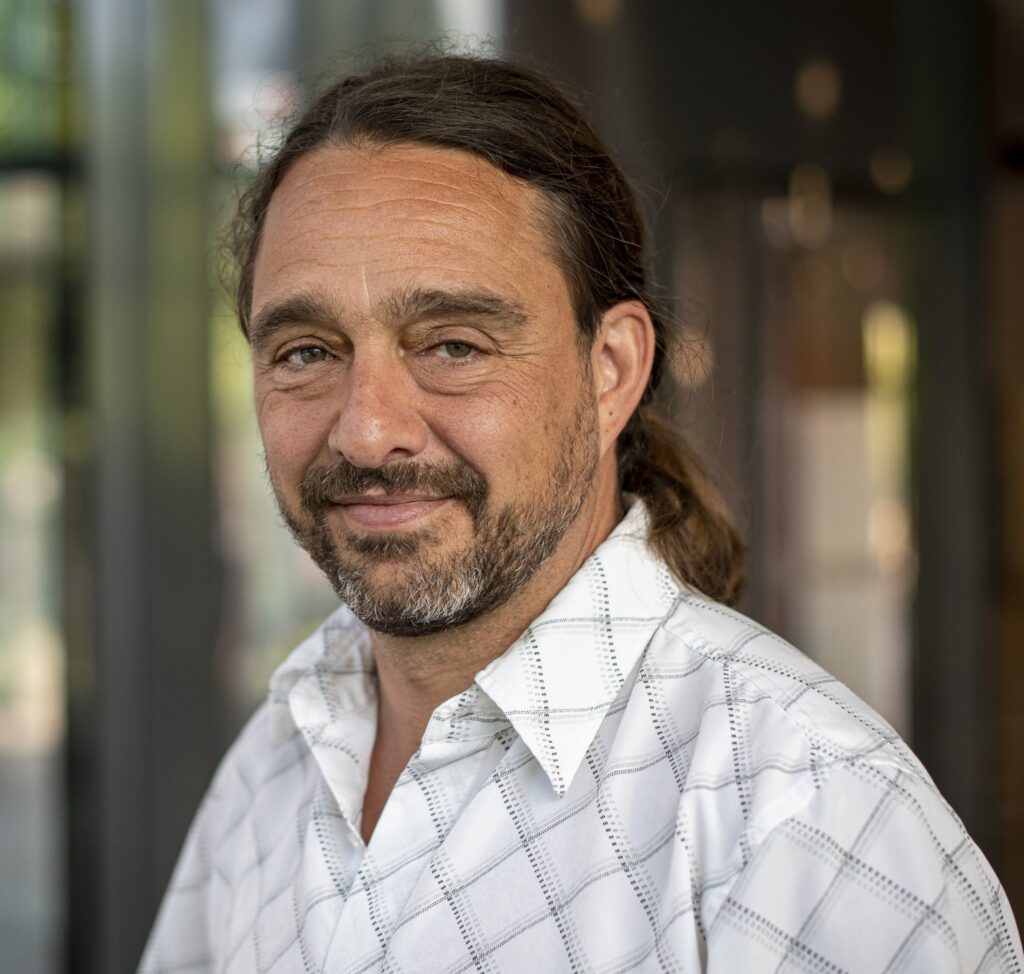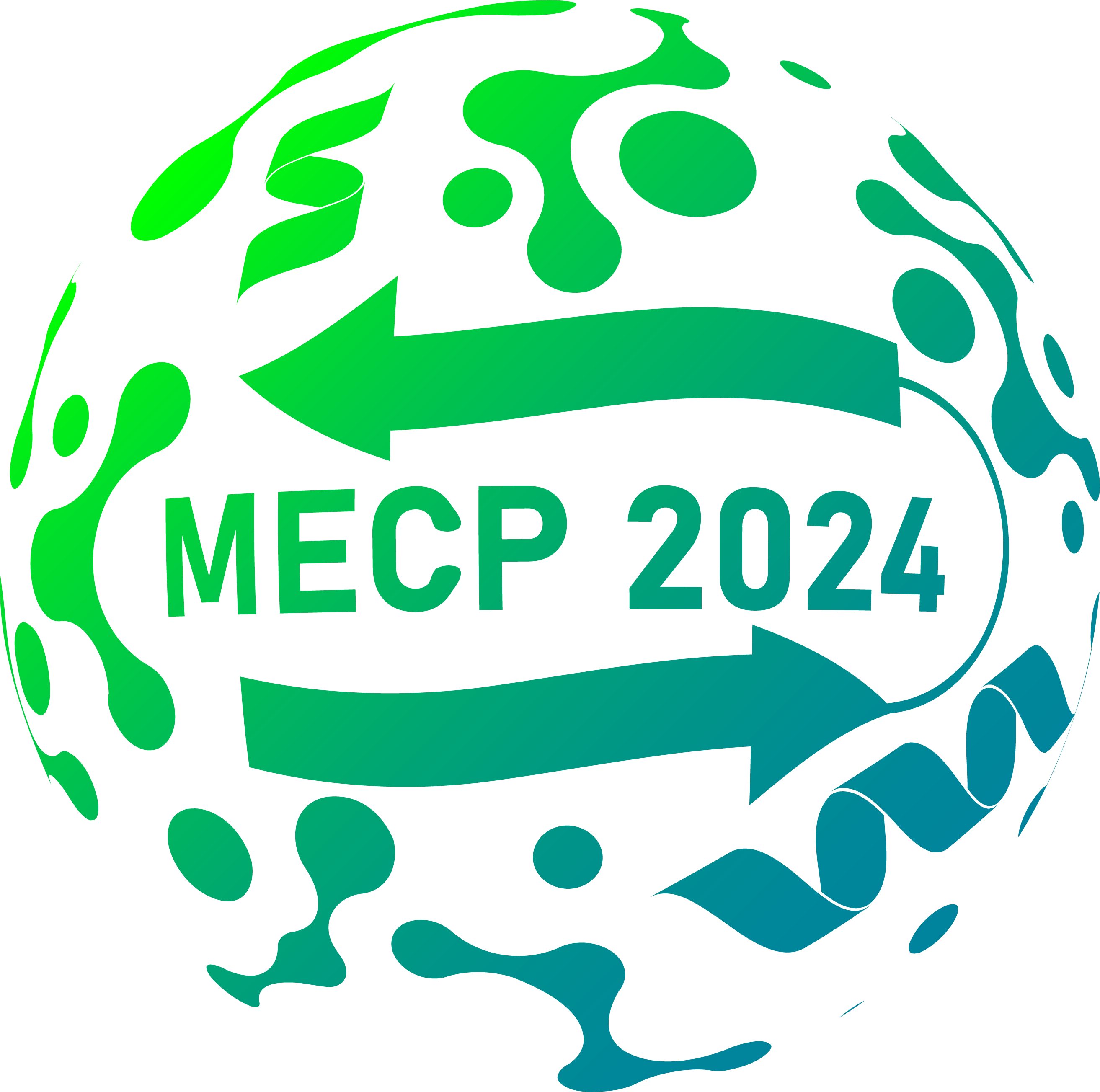
Bruno Bühler
University of Leipzig
Orthogonal pathway design for biocatalytic monomer production
Plastics are found in every aspect of human life and have applications in packaging, electronics, transport, construction, and textile manufacturing, with polyesters and polyamides as most important synthetic fibers. The production of the monomers, such as ε-caprolactone (ε-CL), 6-hydroxyhexanoic acid (6HA), 6-aminohexanoic acid (6AHA), and adipic acid (AA), is however associated with severe environmental concerns, comprising several steps at elevated temperature and pressure and involving hazardous by-products such as nitrous oxide and heavy metals. Biocatalytic processes are operated under mild conditions and can be engineered as cascade reactions enabling one-pot processes, offering enormous potential to save time, energy, and waste. In this study, recombinant Pseudomonas taiwanensis VLB120 strains harboring different in vivo cascades to produce the monomers ε-CL, 6HA, 6AHA, and AA were generated, optimized, and evaluated under process conditions.
The synthetic pathway to produce ε-CL was composed of a P450 monooxygenase (Cyp), an alcohol dehydrogenase, and a Baeyer-Villiger monooxygenase (CHMO). Cyp-catalysis was identified as rate-limiting and was optimized for whole-cell and 3-step cascade activities of ~50 U gCDW-1 [1,2]. The evaluation of different biocatalyst formats for CHMO catalysis, i.e., isolated enzyme, suspended cells, and biofilms revealed favorable properties for suspended cells [3]. The cascade’s amendment with a lactonase improved the yield of the less toxic, but equally attractive monomer 6HA to 100% [4]. For 6AHA synthesis, the cascade was amended alcohol oxidation and amination steps [5]. High metabolic burden and expression issues favored a mixed-species approach for this six-step cascade with ε-CL as appropriate shuttle molecule. For AA production, the introduction and expression fine tuning of alcohol and aldehyde dehydrogenases in the 6HA-producing P. taiwanensis enabled high stability and activity (49 U gCDW-1) in a stirred-tank reactor for an average productivity of1.3 g L-1 h-1 and final AA titer 10.2 g L-1 [6]. Proof of concept DSP enabled the isolation of 3.4 g AA at a purity of 96%.
This work demonstrates and exploits the potential of whole-cell catalysis for cascade reactions allowing one-pot conversions with high activities and superior conversions. It thereby contributes to the development of eco-efficient monomer production routes.
__________
[1] Schäfer, L., Karande, R., Bühler, B. Front. Bioeng. Biotechnol. 2020, 8, art. 140.
[2] Schäfer, L., Bühler, K., Karande, R., Bühler, B. Biotechnol. J. 2020, 15, art. 2000091.
[3] Bretschneider, L., Heuschkel, I., Ahmed, A., Bühler, K., Karande, R., Bühler, B. Biotechnol. Bioeng. 2021, 118, 2719-2733.
[4] Bretschneider, L., Heuschkel, I., Wegner, M., Lindmeyer, M., Bühler, K., Karande, R., Bühler, B. Front. Catal. 2021, 1, art. 683248.
[5] Bretschneider, L., Wegner, M., Bühler, K., Bühler, B., Karande, R. Microb. Biotechnol. 2021, 14, 1011-1025.
[6] Bretschneider, L., Heuschkel, I., Bühler, K., Karande, R., Bühler, B. Metab. Eng. 2022, 70, 206-217.
_________
View Abstract as PDF:
_________
Tue. April 16 | 10:10 – 10:30 hrs – Orthogonal pathway design for biocatalytic monomer production
